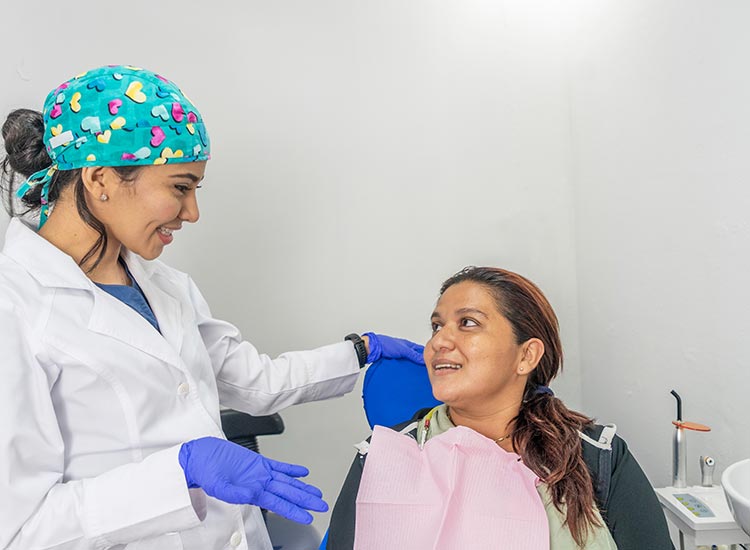What is the recovery process like after getting dental implants?
Most patients experience mild discomfort and a healing period of a few months, but can return to daily activities within a few days.
Regular follow-up visits ensure proper healing and implant success.
Mild swelling and soreness are common after surgery.
Healing time for the implant to fully integrate is usually 3-6 months.
Following aftercare instructions helps prevent complications.
Eating soft foods and maintaining oral hygiene supports smooth recovery.

What to Expect Immediately After Dental Implant Surgery
After dental implant placement, it’s normal to feel some swelling, mild pain, and minor bruising for the first few days. Dentists usually recommend ice packs and over-the-counter pain medication to manage discomfort. Most people are able to return to normal routines within 24-48 hours, with only slight adjustments.
Your dentist will also suggest sticking to soft foods and avoiding strenuous activities for a few days. Proper care of the surgical site is essential to avoid infection and encourage healing. Light brushing and saltwater rinses are often recommended to keep the area clean.
The Long-Term Healing Phase and Follow-Up Care
While initial discomfort fades quickly, full recovery involves a process called osseointegration, where the implant fuses to the jawbone. This phase can take 3-6 months, and it’s critical for the long-term success and stability of your implant. During this time, your dentist will monitor your progress and schedule the final placement of the crown.
Smoking, uncontrolled medical conditions, or poor oral hygiene can slow healing or increase risks of implant failure. Regular dental visits allow your provider to catch potential issues early and adjust your care plan if needed. Staying on top of post-surgery instructions ensures the best possible outcome.

If you’ve recently had a dental implant or are planning one, follow your dentist’s recovery guidelines and schedule check-ups to keep your smile healthy and strong!
